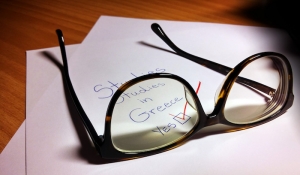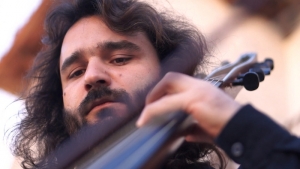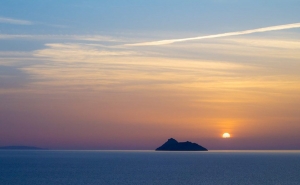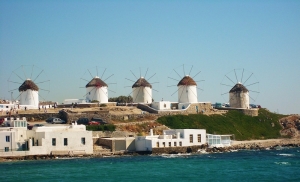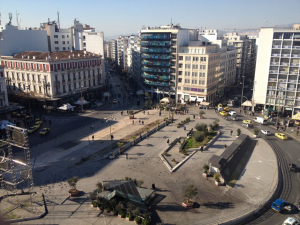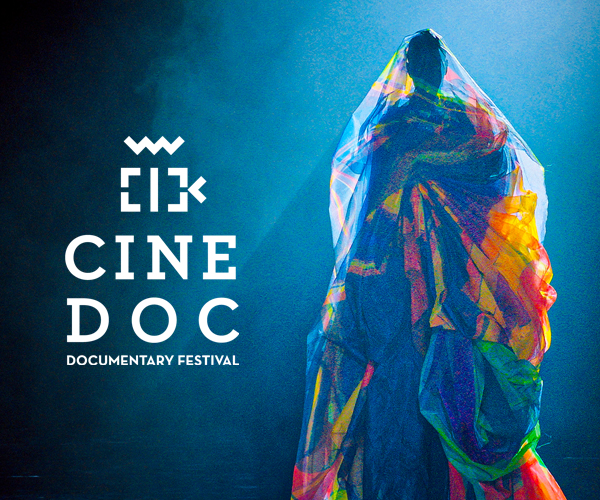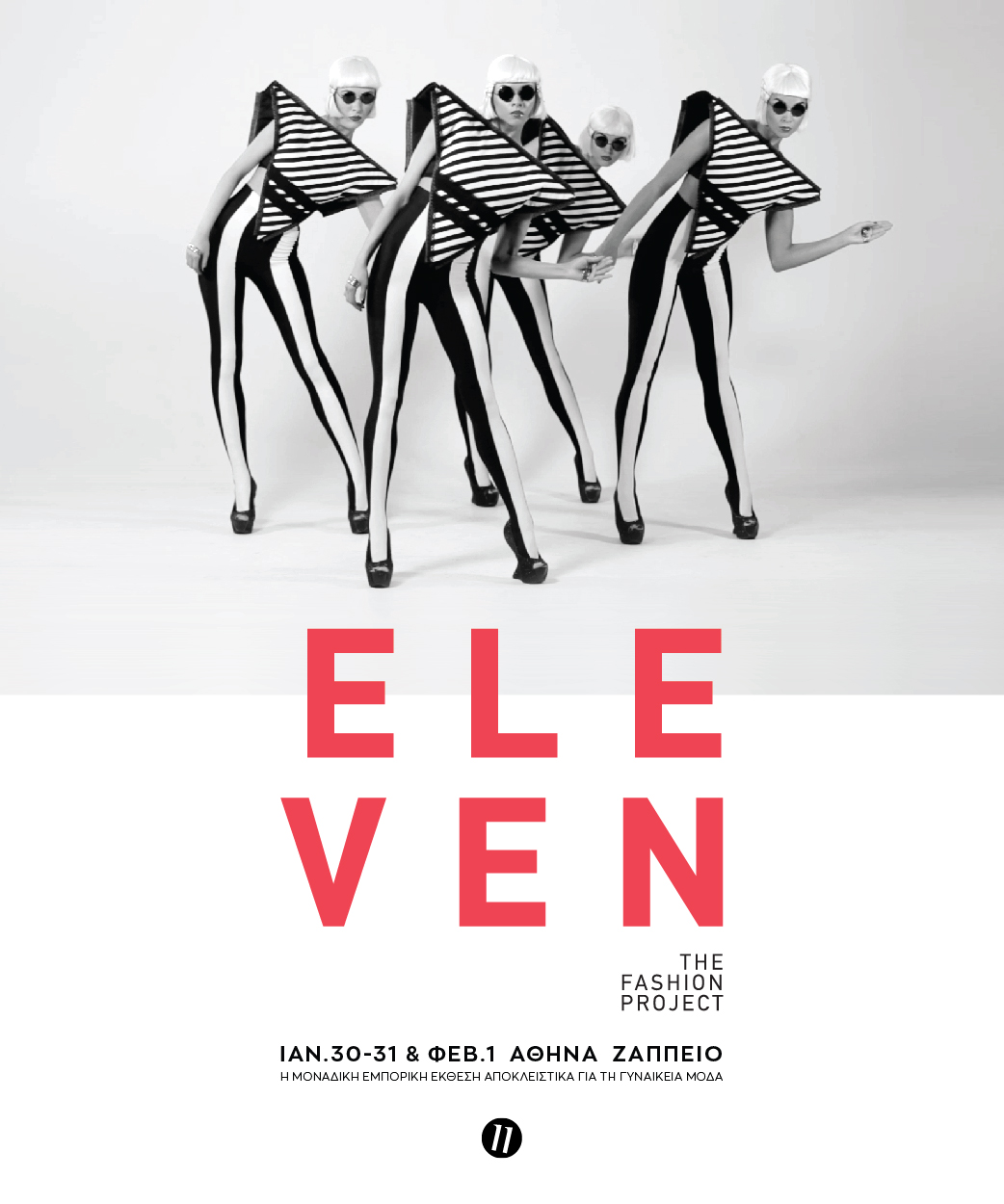XpatAthens
Innovative Platform Helps Bring International Students To Greece
Anastatica Project Revives Old Greek Music & Spreads It All Over The World
To read this article in full, please visit: Greek TV
September 19 - News, Food, & More!
Remember to stay connected with us through our weekly newsletter, Facebook, and Twitter!
Qatar Airways To Launch Flights To Mykonos, Greece May 2018
Athens Among The Greatest Cities For Eating Out
"Athens has a fine range of places to eat, ranging from down-to-earth traditional tavernas to upmarket restaurants serving fusion cuisine. The area of Plaka is undeniably pretty, though some of its restaurants are aimed at tourists and can be a little disappointing. The city centre is where you will find some excellent so-called modern tavernas, serving classic Greek dishes with a contemporary twist."
Open House Athens 2019
ACS Athens S.T.E.A.M. Team Returns To Space
ACS Athens students had to meet strict safety, size, and mass criteria in order for their experimental apparatus, containing ouzo, petimezi, electronics, and their 3D-printed container (designed and prototyped by one of the students) to be approved for a space flight, familiarizing themselves with real-world S.T.E.A.M. (Science, Technology, Engineering, Art, and Mathematics) investigations. Jaeho Nam, ACS Athens student and member of the spACS 2 team said: "I was fortunate to be a part of the spACS 2 team, and I personally think this experience not only provided me the opportunity to attain essential skills for a career in engineering but to learn the true meaning and value of teamwork."
The international team of ACS Athens, formed in 2018, consists of High School students, their educators - Dr. Antonios Karampelas, Dr. Ioannis Kerkines, Ms. Victoria Poulou, Mr. Spyros Arsenikos, and Dr. Liana Tsigaridi - and external collaborators (Mr. Panos Mazarakis, Mr. Ilias Botsios). As Dr. Karampelas, Principal Investigator, stated: "I am proud of my students who managed to complete such a challenging task and excited to have seen ouzo and petimezi flying into space for the first time in history."
More information on the conclusions of the experiment will follow, as they become available.
The video of the launch is available by Blue Origin
The ACS Athens team first presented the spACS experiment during the 2019 Athens Science Festival
To learn more about the experiment click here
To learn more about Blue Origin click here
"Greek Freak" Among High-Budget Movies Lined Up In Greece
The Athens Film Office was founded in March 2020 by the Municipality of Athens, under the "umbrella" of the Athens Development & Destination Management Agency (EATA) with the aim of transforming Athens into a “Film Friendly City”. During its first year of operation, it has assisted in the shooting of more than 40 international and Greek audiovisual productions in the Greek capital.
XpatAthens extends a warm thank you to This Is Athens and the City Of Athens for sharing news and inspiring stories about how Athens aspires to be a clean, friendly, and welcoming city to live in.
Dactylios System To Return On Monday
The restrictions are enforced every year and are designed to reduce traffic congestion in the city center. According to the Daktylios system, vehicles with license plates ending in even numbers can only enter the downtown area on even days of the month, while those ending in odd numbers can only do so on odd days.
Vehicles excluded from the measures are electric, hybrid, gas, or LPG cars, as well as Euro 6 cars that emit pollutants below 120 gr CO2 and drivers who have special permits.
Stavros Niarchos Foundation Cultural Center
The SNFCC was created thanks to an exclusive grant by the Stavros Niarchos Foundation, which delivered it to the Greek State upon completion. SNFCC Single Member S.A. is a public-benefit nonprofit organization responsible for the operation, maintenance and management of the Stavros Niarchos Foundation Cultural Center and the Stavros Niarchos Park while developing and organizing its own series of cultural, educational, environmental and sports activities. It is supervised by the Greek Ministry of Finance.
Redefinig Public Space
The SNFCC and the Stavros Niarchos Park design and construction have significantly contributed to the revitalization of Athens’ Kallithea neighborhood and the Faliro Delta waterfront area after years of neglect.
The high-quality events and activities organized, realized and hosted at the SNFCC, as well as the staff and collaborators’ professionalism, have made the Stavros Niarchos Foundation Cultural Center a reference point in the greater Athens area, redefining the concept of public space.
The Stavros Niarchos Foundation Cultural Center is a public space open to all, without any barriers.
Architectural Landmark
Designed by the architectural firm Renzo Piano Building Workshop, the SNFCC is a donation of the Stavros Niarchos Foundation (SNF). In February 2017, upon the completion of its construction, the SNF delivered the SNFCC to the Greek State and society. SNFCC has earned significant architectural distinctions, including the 2018 Award for International Excellence of the Royal Institute of British Architects – RIBA.
Sustainability Hub
Sustainability has been an integral component and a priority of the Stavros Niarchos Foundation Cultural Center since its original inception. This sustainability mandate is reflected upon every aspect of the SNFCC, emerging as a new paradigm in terms of construction, operation, and maintenance of public places and infrastructures.
Committed to being open to all, the SNFCC has been designed to be fully accessible to persons with disabilities. In addition, many educational programs are been organized to encourage collaboration among children with and without disabilities.
People aged over 65 with minor mobility impairments comprise another group for which the SNFCC has designed programs.
Learn more about the Stavros Niarchos Foundation Cultural Center at SNFCC.org

